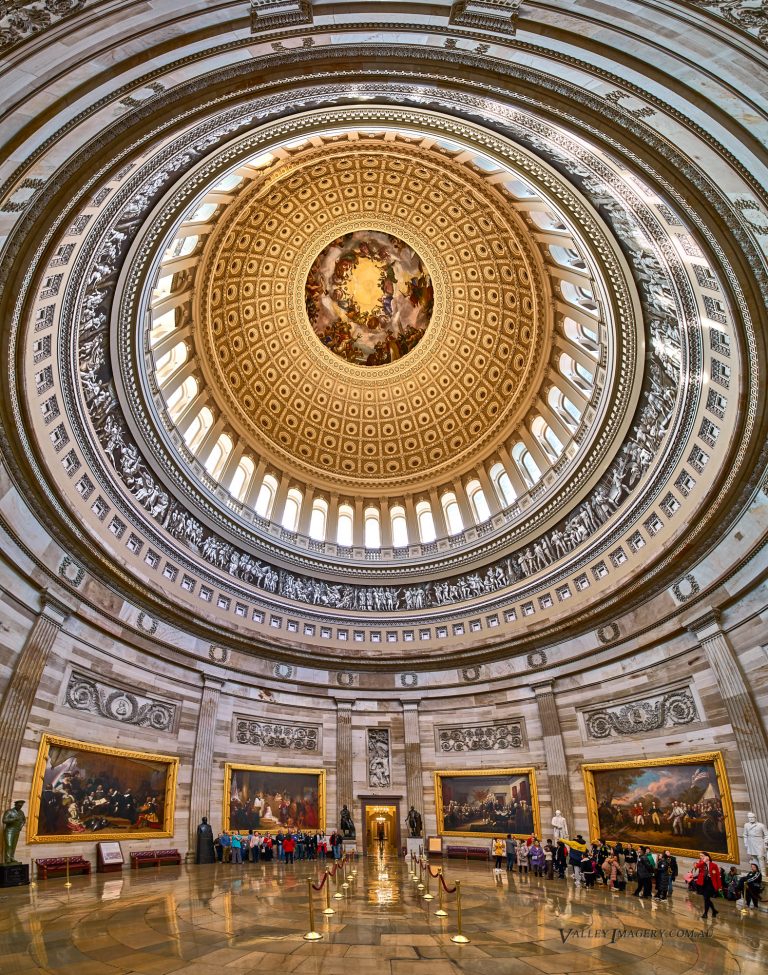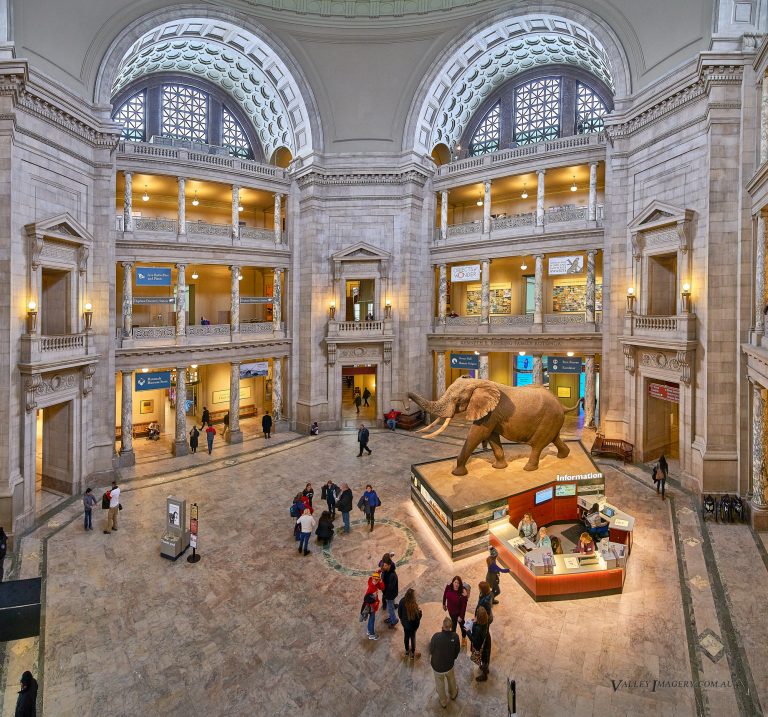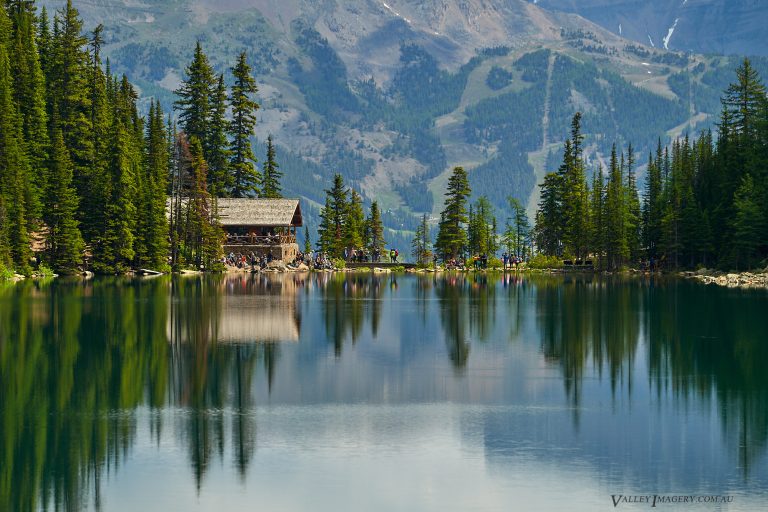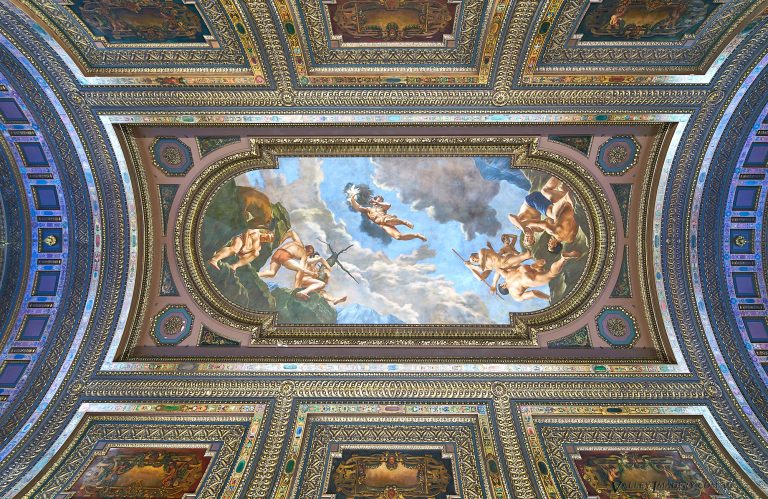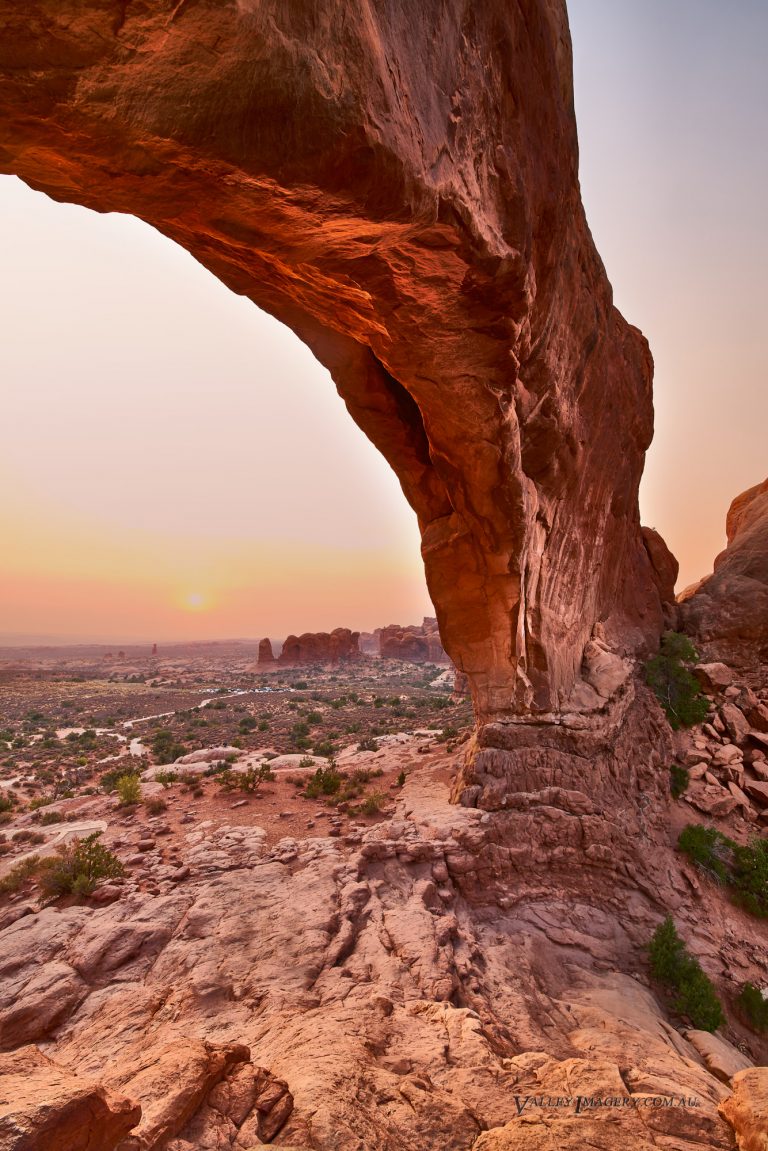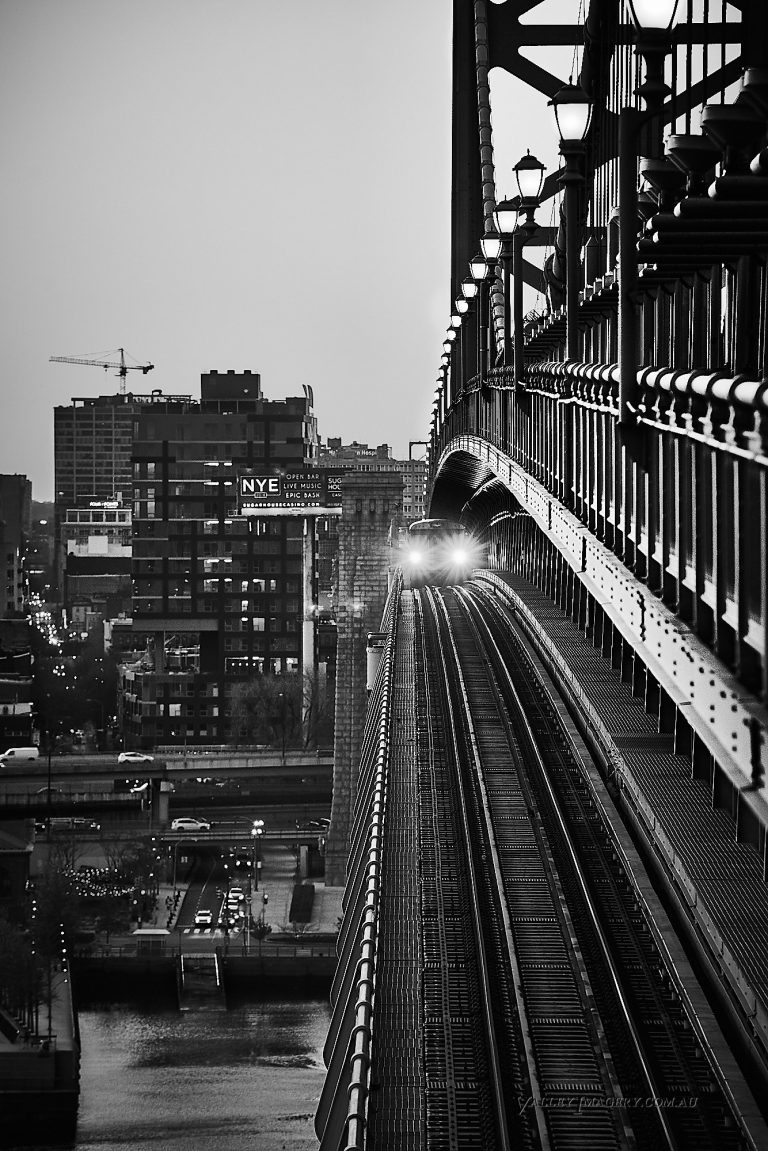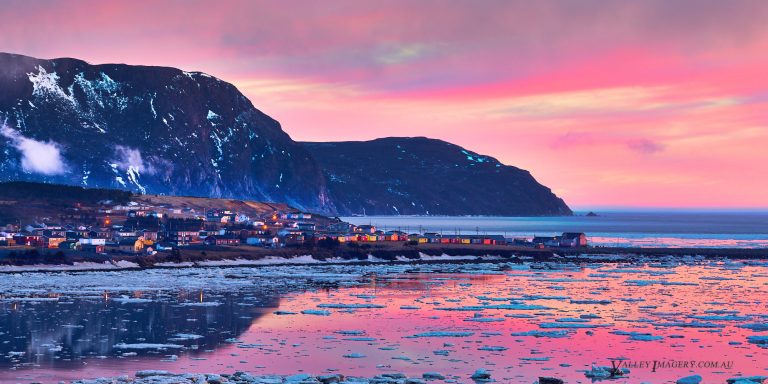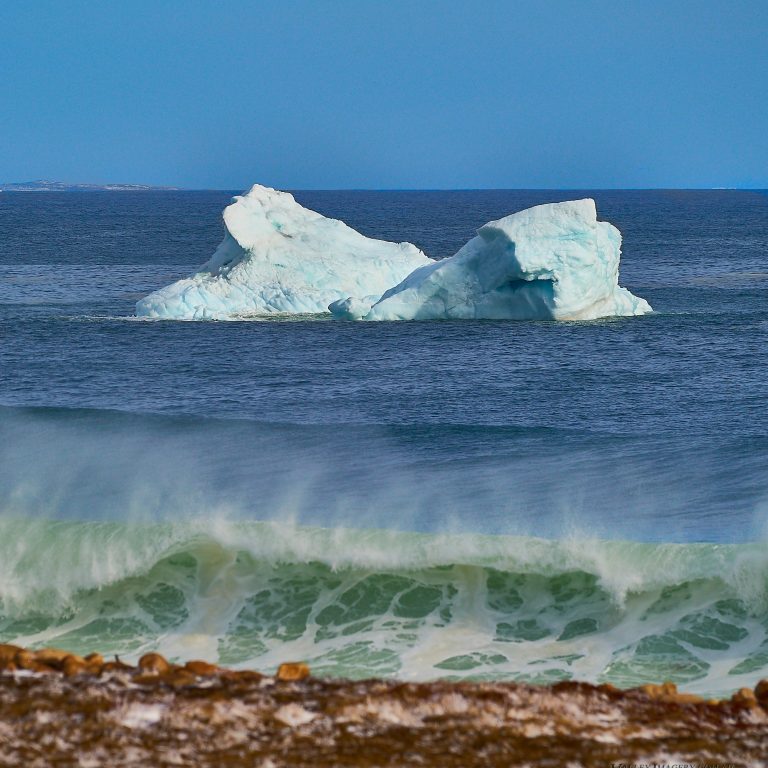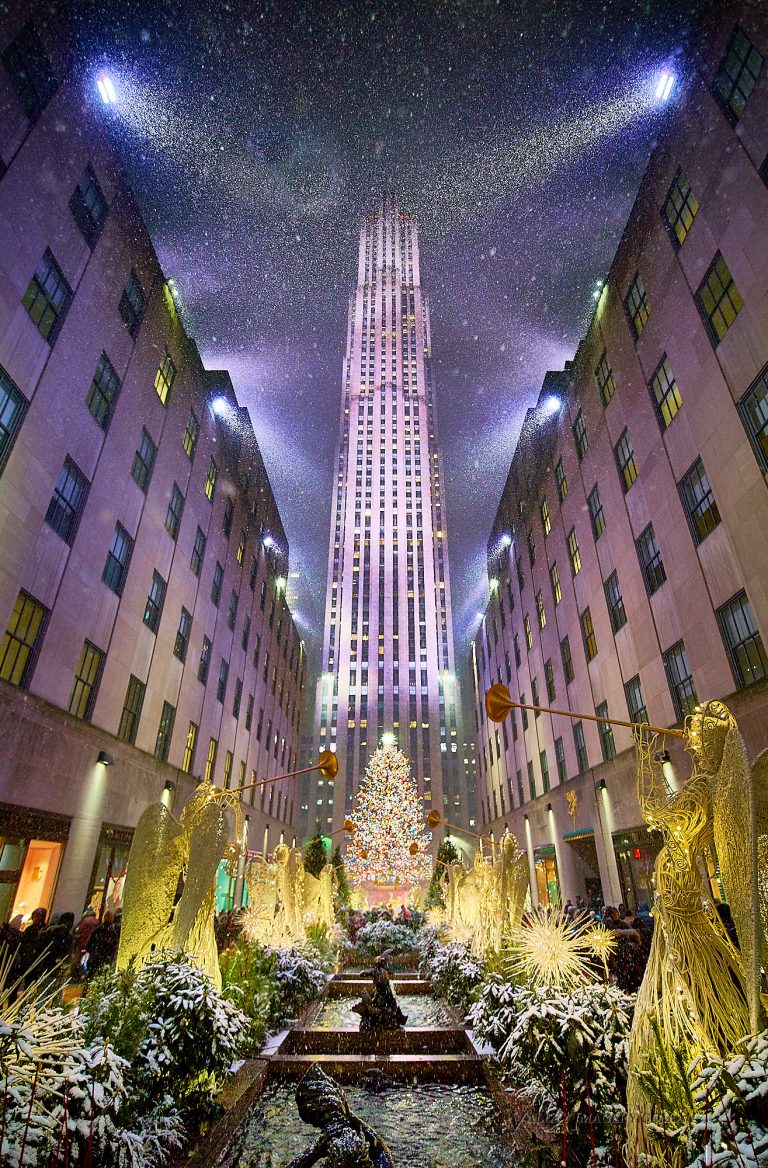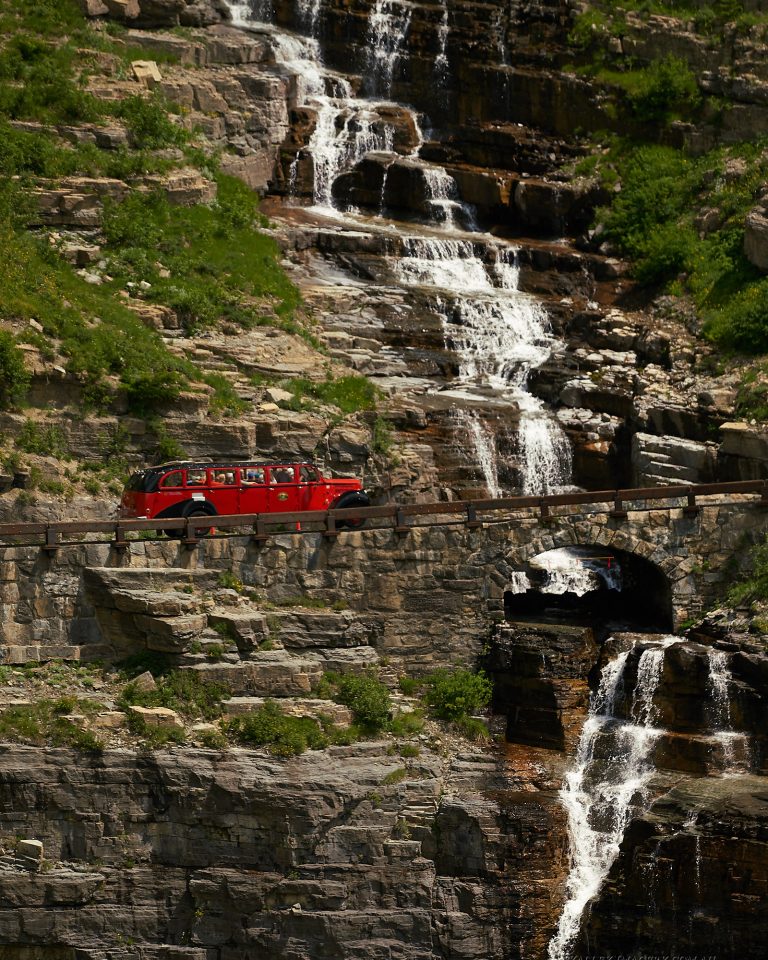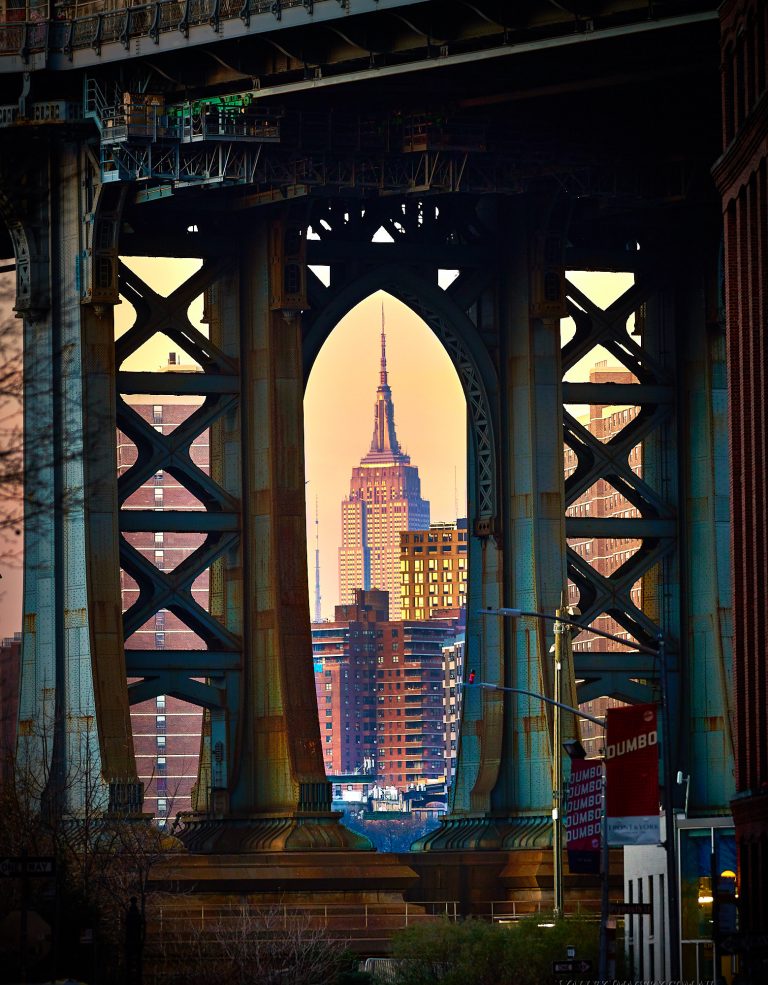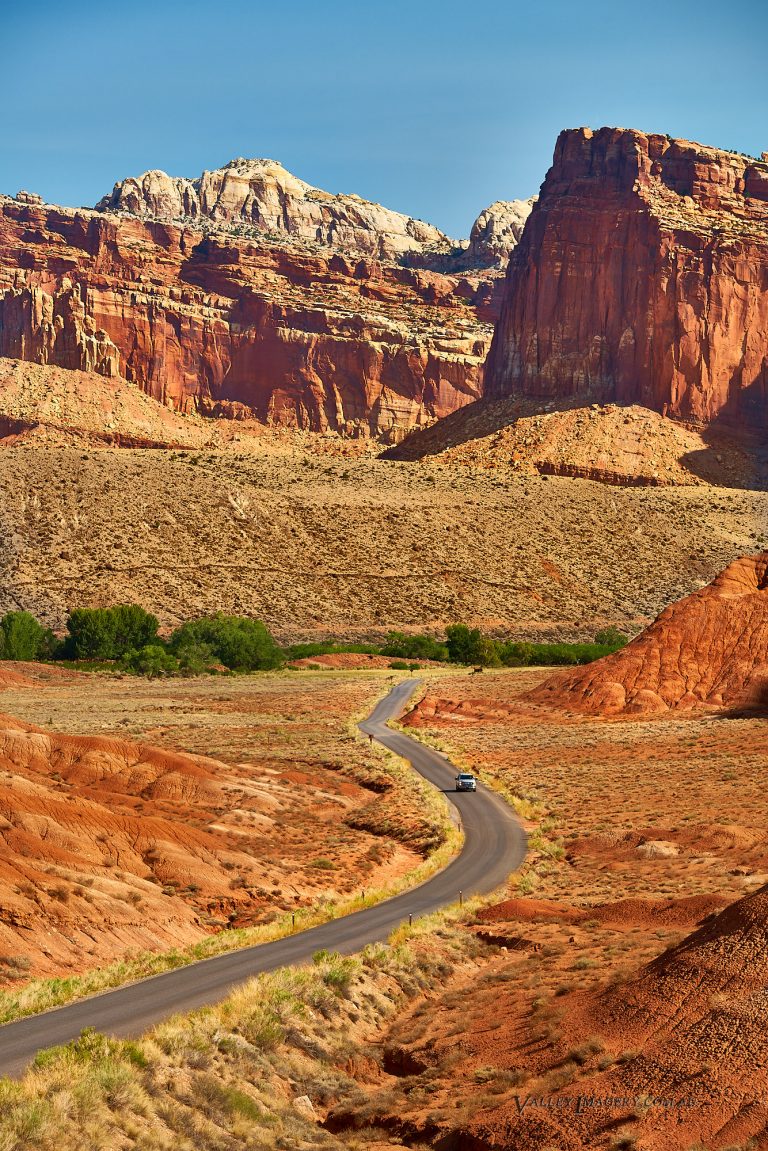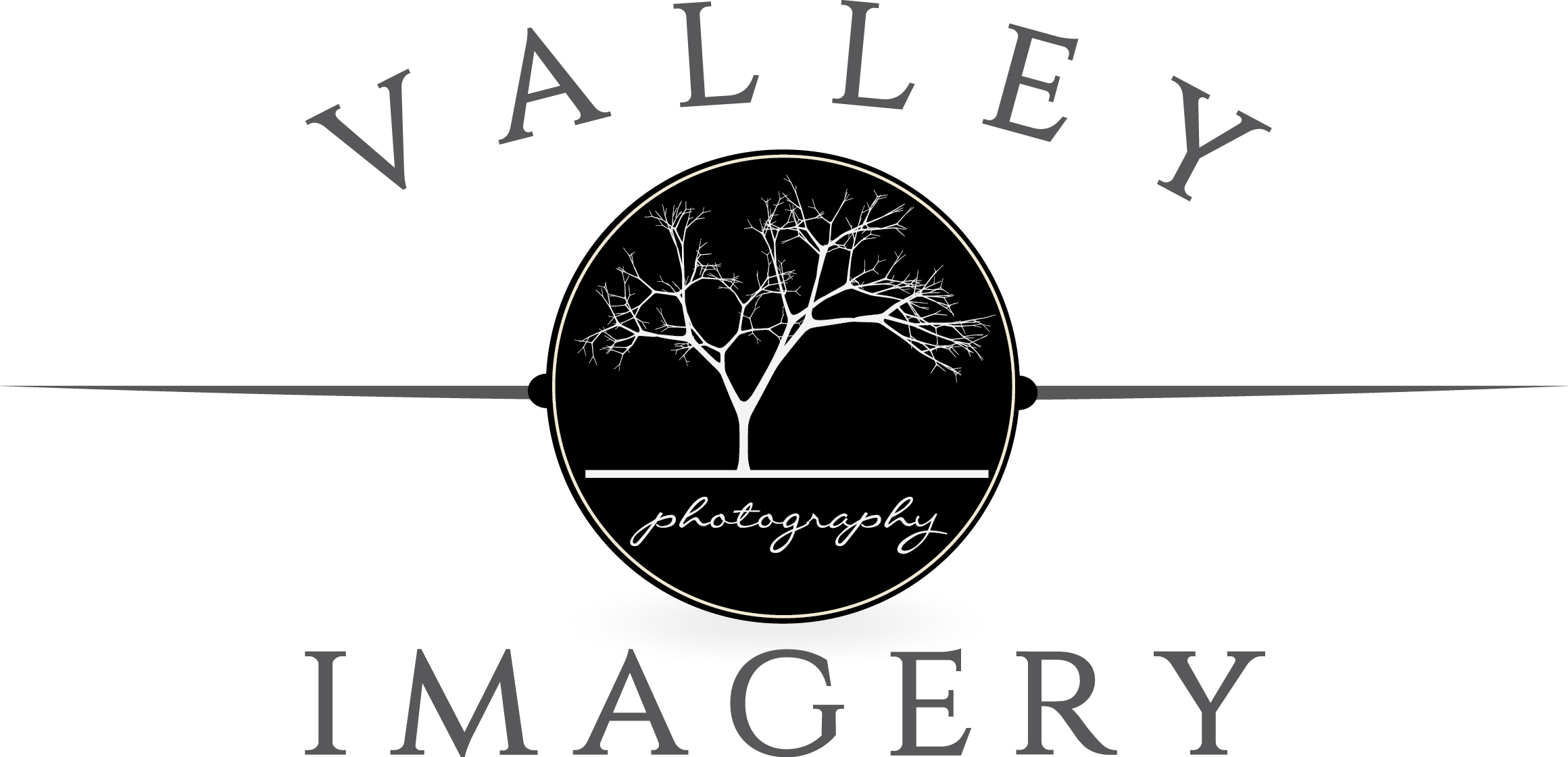

Travel Photography encompasses a broad range of subjects. For me, travel photographs inspire others to visit and experience the many wonders of the world.They challenge the viewer to capture the scene's surrounding them and the memories they are creating.
The images below were taken in short timeframes to document, but not interrupt the travel experience. Due to the impromptu nature of this genre, keeping your camera accessible and having a keen eye for composition are vital. Practice with the camera before you leave, understand your equipment and your travel images will be better for it.
Even though I don't generally travel to get a specific image, being a successful travel photographer can require a lot of detailed research. Research the photo opportunities before arriving, my favorite tools for this are Google Maps and Flickr.
I use google maps to zoom in on the landscapes and try to find photogenic locations. These can be landscapes, bridges, waterfalls or even specific buildings; I then browse the map image library to get a feel for the scene or area. I often find that the 360 panorama images are the best for this, even though google maps do not have an extensive range of quality images.
After using Google, I open up the Flickr App and use a word search or the map search functions to find images by location. Flickr is a higher quality image resource and the photographers here retain the ownership and copyright.
The other reason for using Flickr is to find additional details on the image. On many uploads the camera type and settings are available. For me the most crucial part of this data is the specific Focal Length used when taking a scene. This helps me with lens selection and assessing the scale and distances involved.
Other info such as Shutter Speed, ISO and Aperture can be useful, use caution with this though. Image editing techniques that photographers use sometimes make this information challenging to correlate to any specific scene.
On top of this the date taken field is useful, Sun angles, Foilage conditions, Water levels, Ice formation and Crowd sizes can all vary with the season. For outdoor photography, it is especially important to know where the sun will be during your visit.
From this point, I will have a better idea of the types of images I am after and the specific times and locations needed to achieve them.
From there I resort to specific photography tools to better define my knowledge, Sun Surveyor, The Photographers Emepheris and other programs of their type. The tools listed inform me with high accuracy, the location and angle of the Sun and Moon. Sometimes, all I need to know is if a viewpoint is better in the afternoon or morning if I have a night visit the moon phase is essential. Very occasionally some images require a specific alignment of ground and celestial objects.
After gathering all of this knowledge, I then apply it to see how to tailor the travel plans to achieve the best outcomes. Sometimes this just means scheduling specific events in the afternoon instead of the morning (Statue of Liberty). At other places the particular choice of hotel room is essential (Grand Teton).
Mostly its about having a little bit of knowledge to give some flexibility. To have the confidence to know that if things turn out really well, you can have a world-class image tucked away on your memory card.
